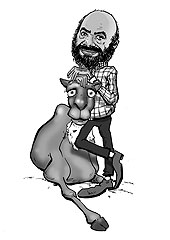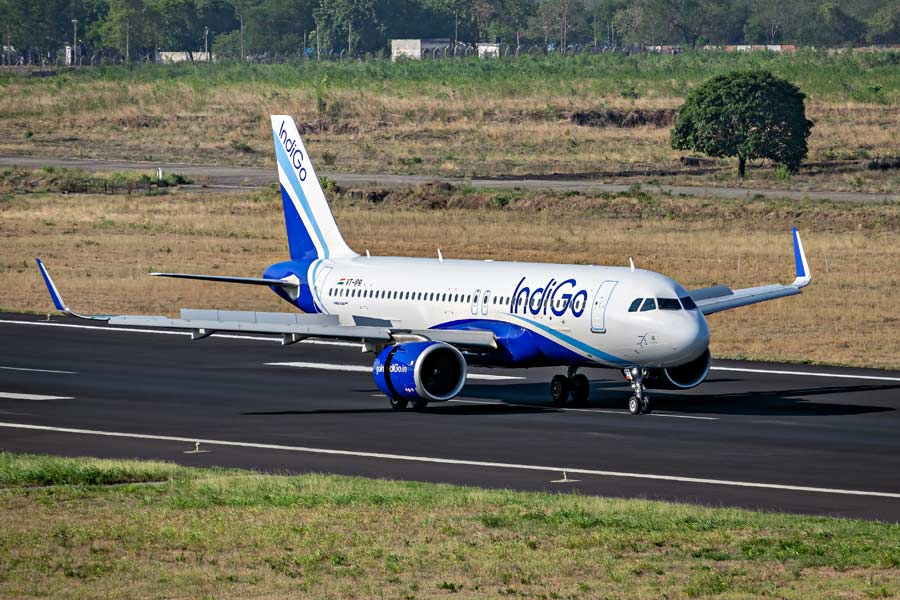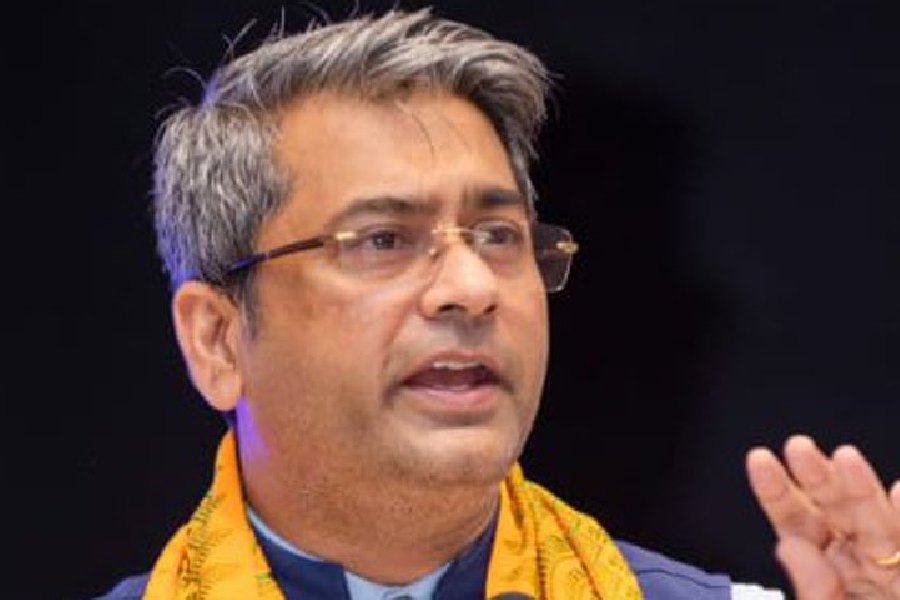 |
 |
 |
So what if Kuch Kuch Hota Hai (KKHH) or Kabhi Khushi Kabhie Gham have been dream hits? Karan Johar has decided to move on and zoom in on the doggie world for a change. Titled Kuchi Kuchi Hota Hai, Johar is working on an animation film which will be a remake of his debut film, KKHH. This time, though, he will be looking at the bow-wow world!
The hot shot director is not the only case in point. Even critically acclaimed director Govind Nihalani — of Ardh Satya and Drohkaal fame — is busy with his animation project, Kamlu, the story of a camel. Call it Bollywood’s latest craze if you want to, but film makers — from Rohan Sippy to Anil Kumar Sharma of Gadar fame — are talking of launching animation films.
Says Sharma, “Animation as a medium is exciting since you can call the creative shots. Also, such films are now the most sought after in the country.” At the ongoing Animation and Gaming seminar in Hyderabad, the National Association for Software and Service Companies (NASSCOM) released a report that forecasts that the Indian animation industry will meet a $869 million target by 2010, representing a growth rate of 25 per cent over 2006-2010.
In India, most animation companies are working on foreign projects, with very few — till now, that is — trying their hand at full-length animation films. Animation series for television such as Mowgli, Tenali Raman and Chhota Birbal have been more popular. However, the full-length animation film, Hanuman, came along in 2005 and changed everything.
A joint production by Percept Picture Company and Sahara One Motion Pictures, the 2-D animation film was made on a modest budget of Rs 2.5 crore and raked in a profit of more than Rs 3 crore. While Hanuman has now been acquired by Cartoon Network and aired in the form of a televised series, the company has announced plans for a Hanuman 2. Says Preet Bedi, the chief executive officer of Percept Picture Company, “The idea of Hanuman has been successful primarily because it was presented in a delightful manner. It helped further because not much was known about Hanuman, apart from his devotion to Lord Ram.” But what acted as a damper after the euphoria was the 3D-animation flick, Krishna, released in 2006. It sank without a trace. As a result, filmmakers and animation companies are still tentative when it comes to the viability of animation flicks in India.
Explains Ronald D. Mello, chief operating officer, UTV, “To say that animation films in India are the next big thing would be slightly far fetched. Some movies have been made no doubt, but none is likely to venture beyond the Indian territories.” Naresh Malik, chief executive officer of Pixion, agrees. He feels that animation films need a lot of sustenance. That is not to say that animation companies are belittling the efforts of film directors to make full length feature films. Pixion, for example, plans to increase its workforce to 150 to scale up its animation division, while UTV is committed to making at least a couple of animation films which would be based in India but have a global appeal.
D. Mello feels that the future of animation films in India is definitely bright. “As the current generation (4-13 year olds), which has grown up on a diet of animation, matures, the demand for animation film will certainly be on the rise.” For now, animation companies are content watching film makers experimenting with this new medium. Whether Bollywood will be able to give life to this fledgling medium in India is yet to be seen.











